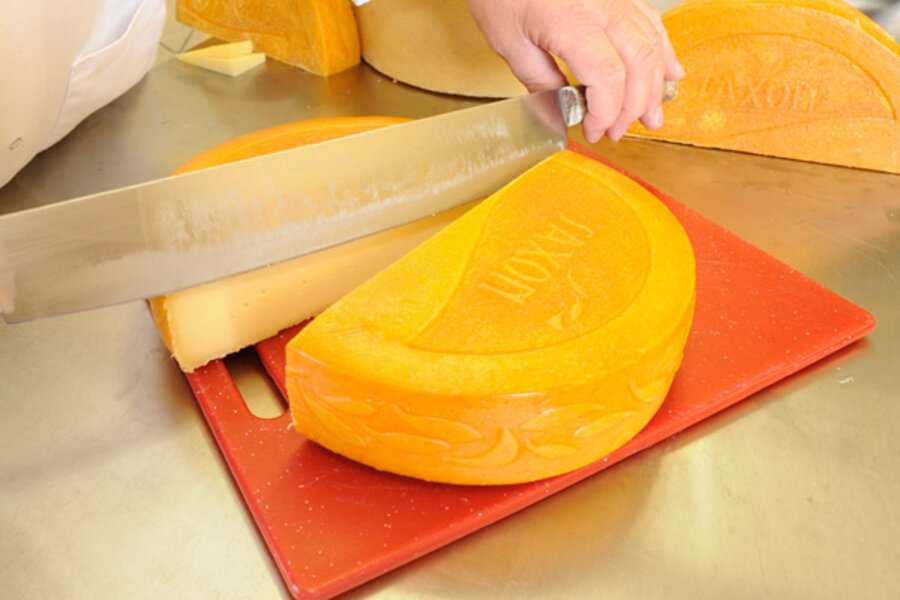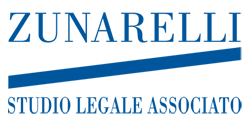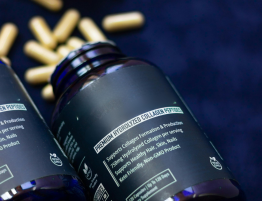
Recently, the National Health Commission and the General Administration of Market Supervision updated and implemented new national standards (GB) for food products traded in China. Among these, a sanitary and quality standard for dairy products will come into force from 22 November 2021, replacing the current GB 5420-2010.
The phenomenon of urbanization, together with the increase of the middle-class purchasing power, is having a huge impact on the importation of Western products, which are experiencing a strong process of integration within Chinese dietary habits.
Among these, dairy products do not represent an exception, identifying themselves as healthy products compared to the local ones. In particular, cheese, that does not appear within the Chinese culinary tradition, is recently being appreciated by Chinese consumers, though it entered the Chinese market about two decades ago. This trend is favored by a good activity of education on the product itself and the development of sales channels, as fast-food chains and HORECA in general, that offer cheese in various both sweet and savory dishes emulating Western manner.
The National Health Commission and the General Administration of Market Supervision jointly published 50 national standards on food safety and 4 amendments. Among these, on the 22nd of February the GB 5420-2021, that is the “National Food Safety Standard Cheese”, was published.
Compared to the current GB 5420-2010, the main changes included in the new standard are as follows:
- Revision of the scope;
- Revision of the terminology and technical definition;
- Revision of the sensory requirements;
- Revision of the quantity limit for microorganisms;
- Labeling
- Scope
The revision of the scope provided for by the new standard removes the previous differentiation between mature cheese, mature mould cheese and unripened cheese, solely reporting the term “cheese”, without any differentiation between the various types of cheese, previously indicated in the regulation.
- Technical definition
- According to the new standard, the term cheese” will refer to mature cheese, fresh cheese, soft cheese, semi-hard, hard, extra-hard and coated cheese. In dairy products produced with animal dairy milk, other than cow milk, the ratio between “whey protein” and “casein” in the finished product shall not exceed the corresponding ratio between these two components in the milk used as raw material. The only exception is for ricotta.
It should be noted that this is the first time that animal dairy milk, other than cow milk, is indicated as permitted raw material in dairy products imported in China.
- During cheese production phase, it is permitted to add substances that confer flavor or preserve the product compactness. The quantity of such substances shall not exceed the 8%.
The above-mentioned changes should favor an increase in the types of cheese permitted in China, thanks to the easing of restrictions previously imposed to some cheese verities not regulated by the current regulation.
- Revision of sensory requirements
Given the variety of cheese that China intends to welcome in its market, as well as their tastes and smells, thanks to the new legislation, the regulatory authority confirms the decision of abandoning the specific requirements in terms of color, taste, smell and shape, currently provided for by the GB 5420-2010. The new standard replaced each aspect simplifying them into the following expressions: “ordinary color of the cheese”, “taste and flavor typical of that cheese variety”, “typical shape for that kind of cheese”.
- Revision of the quantity limit for microorganisms
Broadly speaking, cheese is a dairy product obtained by microbial fermentation, that is a process consisting in a combination of bacteria, including mould and yeast, that confer to cheese particular characteristics in terms of smell, taste and shape. The CAC (Codex Alimentarius Commission), together with the related States and regions removed the limits on mould and yeast quantities, appropriately to the lack of official documentation reporting the risk of foodborne illnesses caused by mould and yeast. Therefore, the new standard will remove quantity limit for these two components.
At present, due to different requirements in terms of microbial indicators, some varieties of imported cheese was not permitted within the Chinese territory because of the excessive quantity of mould and yeast. The removal of these indicators is intended to favor and broaden the quantity and variety of cheese within the Chinese market, reducing products locking cases due to regulatory limits.
As regards the quantity of pathogenic bacteria (Staphylococcus aureus, Salmonella, Listeria monocytogenes), it shall conform to GB 29921-2013.
- Labeling
- Product label shall include clear information about transportation and storage temperature.
Though, from a regulatory point of view, the will to open up the market to new operators as well as new products categories appears evident, from a legal perspective, the procedure required for the exportation of dairy products is quite comprehensive. Given the complex and volatile nature of the regulation, it is important to check beforehand whether possible or not to market their products in China as well as to consult the national standards (GB) relating to this sector.
Avv. Luigi Zunarelli – Junior Partner Shanghai Office








